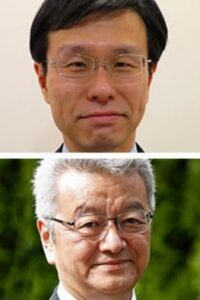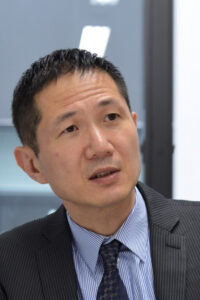
Professor Doi Takero of Keio University speaks with Ito Takatoshi, former Vice Minister of Finance for International Affairs and Private Sector Member of the Council on Economic and Fiscal Policy. View of Current Situation Doi Takero: Five years have passed since the second Abe Cabinet initiated “Abenomics.” A diversity of views have been offered about whether any benefits have resulted from this policy package, but I wonder if you could tell us succinctly how this set of fiscal and monetary policies that go under the general name of Abenomics came into being in the first place, including what they imply for today? Ito Takatoshi: I see. I’ll try to be concise. Doi: No need to say that [laughs]. So, the key posts at the Bank of Japan have been determined, and the decision has been made for Governor Kuroda Haruhiko to continue serving. So ... ... [Read more]

